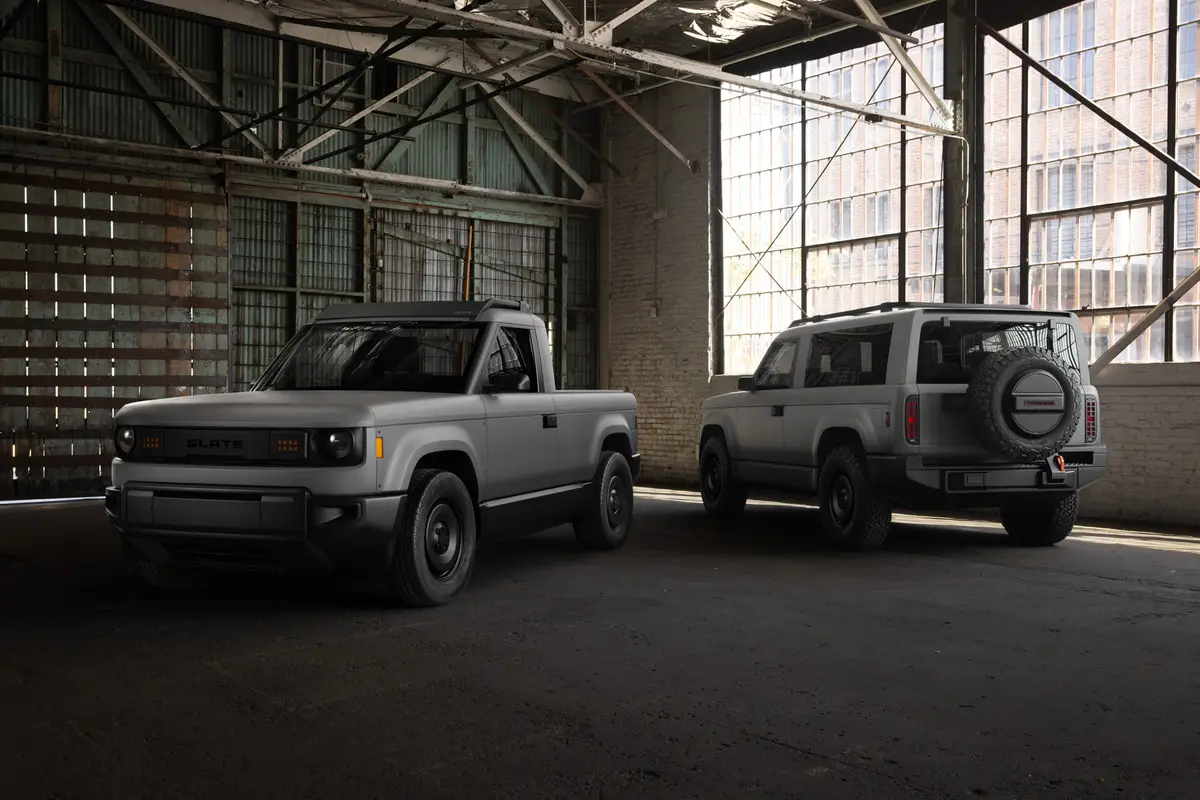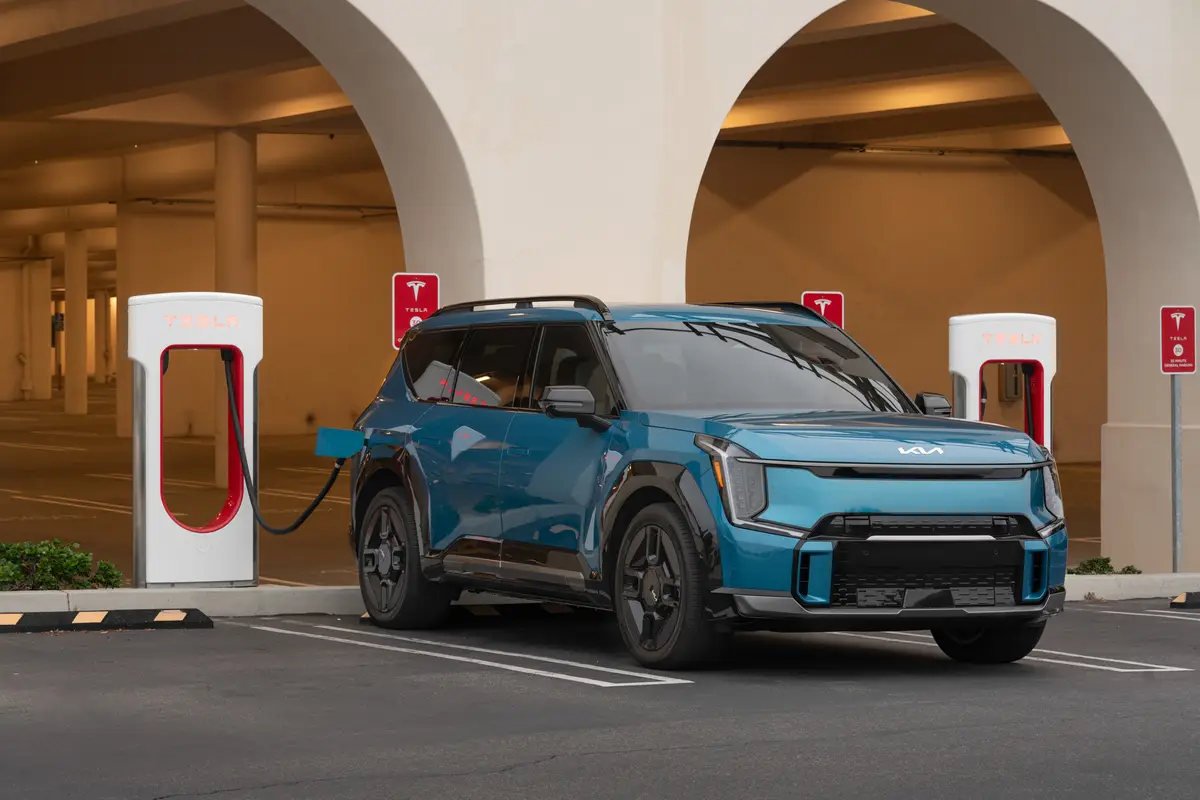Orlando Sentinel's view
Less is the best word to describe the Mercedes-Benz S-Class. For 1995, the cars cost less, weigh less and use less fuel than previous models.
And for Mercedes, less means more.
For the past couple of years, the automaker has been rebuilding itself from the inside out. It has cut costs and learned how to compete with highly efficient Japanese automakers.
The results of Mercedes’ efforts are beginning to pay off. This week’s test car, a 1995 S320 Sedan, has a sticker price that is $4,700 less than last year’s model. Mercedes also dropped the prices on the other cars in the S-Class. The car’s weight is down, and Mercedes claims it has improved fuel economy 16 percent in the last three years.
The 1995 line updates the S-Class line of sedans and coupes, last redesigned in 1992. Mercedes learned a painful lesson with that redesign. The automaker found that luxury-car buyers no longer are willing to pay a premium for driving a heavy, over-priced Mercedes-Benz – not when a Lexus or Infiniti could be had for less.
But with the 1995 models, it appears as if the S-Class is moving in the right direction.
PERFORMANCE
For the most part, the drivetrain and the wheelbase are the only real differences in each of the S-class cars.
Our tester, a dark blue S320, came with Mercedes’ powerful 228-horsepower, 24-valve, straight-six engine and a five-speed automatic transmission.
At 4,610 pounds, the S320 is still a heavy car by most standards. Yet the smooth-running engine pulls hard and gives the sedan responsive performance at all speeds. From a stop to about 25 mph, the S320 offers exceptional acceleration for a six-cylinder automobile.
However, the first-to-second gear shift of the five-speed automatic is a bit abrupt under heavy acceleration.
On the highway, the gearbox downshifts smoothly from fifth to fourth or from fourth to third for passing at higher speeds. You can hear the engine wind up as it gains speed. The sound is not displeasing, but neither is it inspiring, as it is on a Jaguar.
I didn’t expect the S320 to sip gas, but it did use fuel fairly efficiently – despite a heavy foot. I averaged 18 mpg in the city and 25 on the highway. The S320 uses unleaded premium, which at, about $1.35 a gallon, stings the wallet a bit when its time to fill the 26.4-gallon tank.
HANDLING
The S320’s weight helps give the car a rock-solid and stable ride. It is, in fact, the S320’s quiet, competent and sturdy road manners that may be the car’s most endearing trait.
Underneath, the S320 is outfitted with a four-wheel independent suspension system that prevents the car’s body from ”diving” when the brakes are applied and from ”squatting” under hard acceleration.
Though I wouldn’t call the S320 a sports sedan, it does handle quick maneuvers, hard cornering and fast stops easily and without losing its composure. The S320 handles very predictably no mat ter what you throw at it.
When you drive over speed bumps and minor potholes, you appreciate the sturdiness of the S320. For one thing, the suspension system devours such incongruities in the pavement with a minimal amount of turbulence reaching the helm. For another, bad roads demonstrate how well built the S320 is.
Over an undulating, uneven brick road, the S320 delivered a quiet and stable ride. Lesser cars would have bounced over the same road.
Unlike other cars in the S320’s class, the car’s steering system is of an older design than the standard rack-and-pinion setup used in virtually all other luxury sedans. The S320 uses a recirculating ball system, which makes the steering seem somewhat heavy.
The four-wheel power-assisted disc brakes also felt a bit heavy, but when called upon for emergency stops, they react quickly and stop the car easily.
FIT AND FINISH
There is one thing I can’t understand about the S320: Why does it take a com ination of24 buttons and knobs to work the air conditioner and heating system?
Your senses a re simply overloaded with the all the controls for the air conditioner/ heater. It is confusing and bothersome to use.
The S320 has a dual zone system, meaning that the driver can set the temperature for her side of the car and the passenger can set the temperature for his. Other luxury cars also feature dual zone systems, but do not have nearly as many controls.
That said, the air conditioner and heater are excellent – once you set the controls. The powerful fan cools the car quickly.
Following the lead of Lexus and others, Mercedes has outfitted the S320 with an electrically adjustable steering column. A switch on the lower left side of the dash raises and lowers the wheel, or makes it move in or out.
This year, the S-Class gets digital readouts for the odometer. The gauges, however, remain traditional analog units.
Front and rear seating is first rate. Initially, you might be put off by the firmness of the leather-covered front bucket and rear bench seats. You might find, as I did, that if you do a lot driving, that the seats are supportive and that they help prevent fatigue from setting in. I logged 500 miles in three days in the test car and felt fine.
Several unneeded options, such as heated seats, pushed up the price of our test car. And even though it was loaded with practically every creature comfort you could want, it was missing two things that should be – and are – standard on most expensive luxury cars.
Our test car did not have a CD player, nor did it come with a radio-controlled door lock system.
When the redesigned S-Class first came out three years ago, I never thought I could like any of the cars, which I felt were too heavy and too expensive.
But Mercedes has worked hard to correct these and other problems, and I now view the S320 – and the rest of the 1995 S-Class – in a different light.
Specifications:
1995 Mercedes-Benz S320 Base price: $65,900 EPA rating: 17 mpg city/24 mph highway Price as tested: $68,717 Incentives: None
Truett’s tip: The big Mercedes S320 offers a quiet ride, excellent performance, good fuel economy and a full complement of safety features.
Latest news



